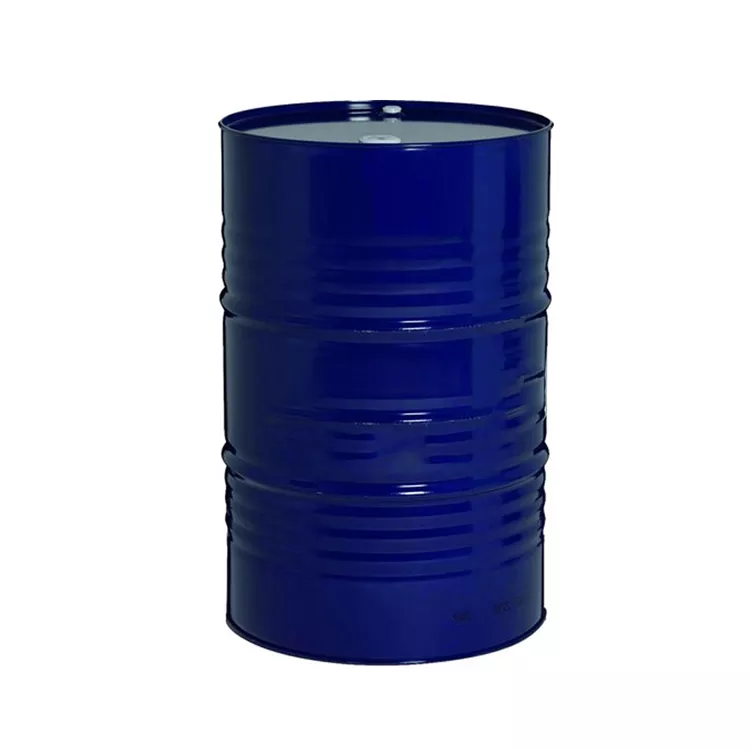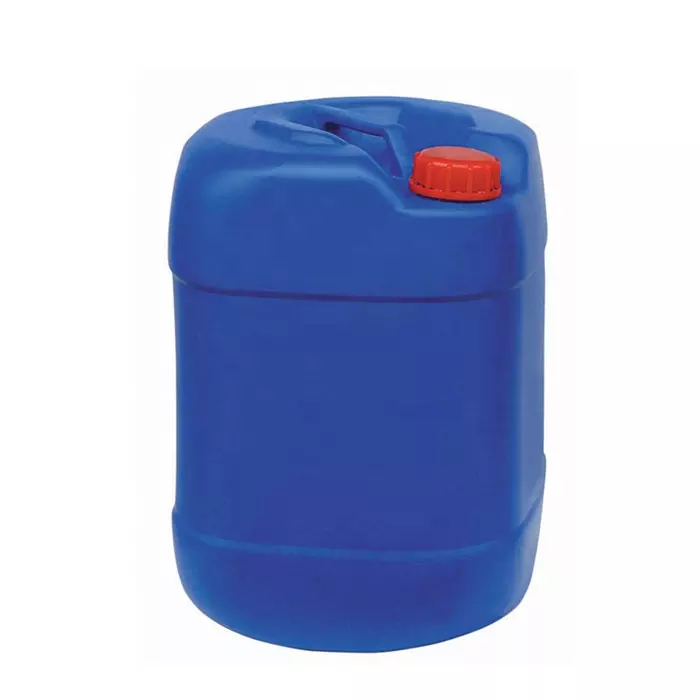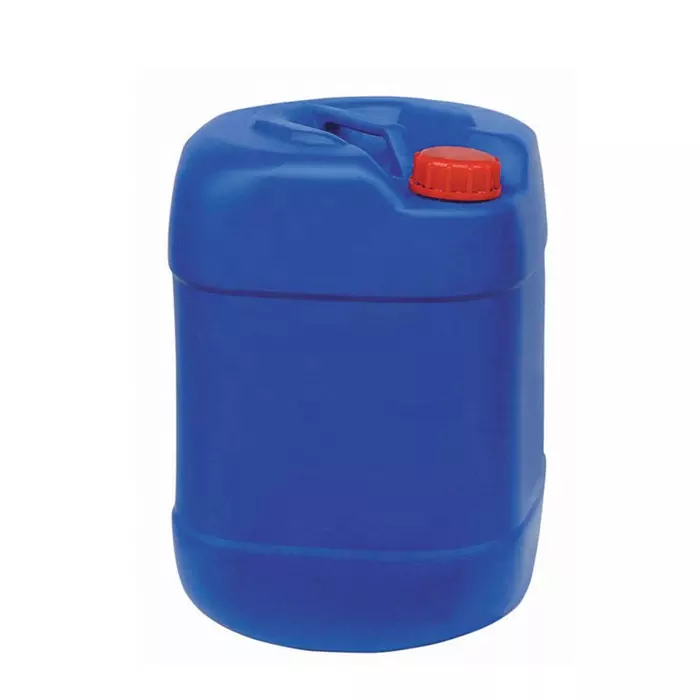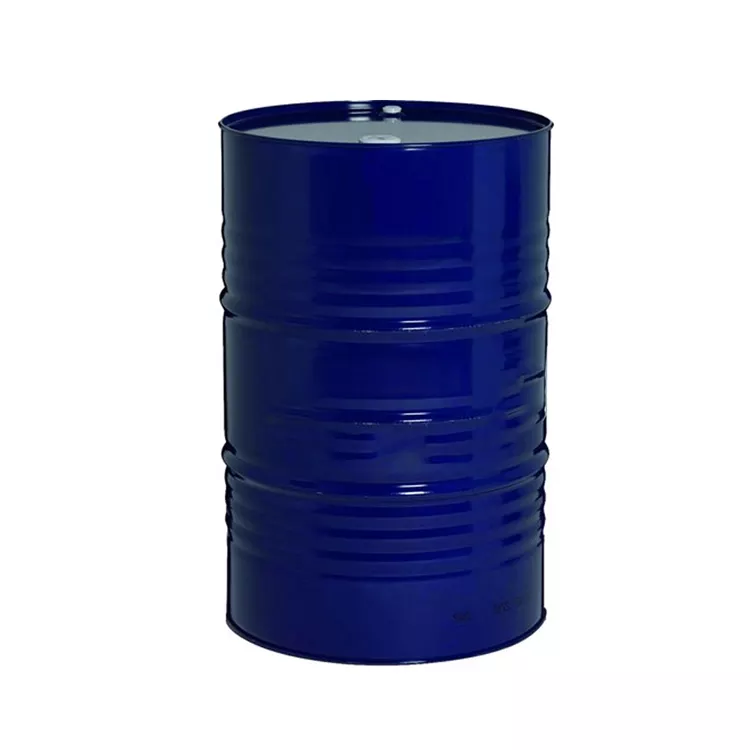The Role of Organotin Compounds: Applications, Environmental Impact, and Mitigation Strategies
Introduction
Organotin compounds are a class of organometallic chemicals that contain at least one carbon-tin bond. These compounds have a wide range of applications, from industrial uses such as PVC stabilizers and biocides to more specialized uses in pharmaceuticals and agriculture. However, the widespread use of organotin compounds has raised concerns about their environmental impact and potential toxicity. This essay will discuss the various roles of organotin compounds, their environmental implications, and potential mitigation strategies.


Applications of Organotin Compounds
- Industrial Applications: The most common use of organotin compounds is as stabilizers for polyvinyl chloride (PVC) plastics. They prevent the degradation of PVC by heat, light, and oxygen, thereby extending the lifespan of PVC products. This application accounts for the majority of the global organotin market.
- Biocidal Applications: Organotin compounds, such as tributyltin (TBT), have been used as powerful biocides to control the growth of bacteria, algae, and marine organisms on ship hulls, water pipes, and other surfaces. They have been particularly effective in preventing biofouling, which can cause significant economic losses and operational inefficiencies.
- Pharmaceutical and Agricultural Applications: Some organotin compounds have been explored for their potential antitumor, antimalarial, and antimicrobial properties. In agriculture, they have been used as fungicides and pesticides to protect crops from diseases and pests.
Environmental Impact of Organotin Compounds
Despite their useful applications, organotin compounds have raised concerns about their environmental impact. They are highly persistent in the environment and can bioaccumulate in aquatic organisms, leading to toxic effects on both target and non-target species.
- Bioaccumulation and Biomagnification: Organotin compounds can accumulate in the tissues of aquatic organisms, and their concentration can increase as they move up the food chain. This process, known as biomagnification, can lead to toxic effects on higher trophic levels, such as fish, birds, and mammals.
- Endocrine Disruption: Organotin compounds, particularly TBT, have been found to act as endocrine disruptors in aquatic organisms. They can interfere with the hormonal systems of these organisms, causing reproductive abnormalities, developmental defects, and immune system dysfunction.
- Ecological Impacts: The widespread use of organotin biocides has led to declines in populations of certain marine species, such as oysters and dog whelks. These declines can have cascading effects on the structure and function of marine ecosystems.
Mitigation Strategies
Given the environmental concerns surrounding organotin compounds, various mitigation strategies have been implemented or proposed.
- Regulations and Restrictions: Many countries have imposed regulations and restrictions on the use of certain organotin compounds, particularly TBT. The International Maritime Organization (IMO) has banned the use of TBT-based paints on ship hulls, and the European Union has restricted the use of organotin compounds in various applications.
- Alternatives and Substitutes: Research is ongoing to develop alternatives and substitutes for organotin compounds. For example, non-toxic silicone-based coatings have shown promise as alternatives to TBT-based antifouling paints. In the PVC industry, efforts are being made to develop more environmentally friendly stabilizers, such as calcium-zinc stabilizers.
- Monitoring and Remediation: Regular monitoring of organotin levels in the environment can help identify potential sources of contamination and inform remediation efforts. Various techniques, such as sediment capping and in situ chemical reduction, have been used to remediate organotin-contaminated sites.
Conclusion
Organotin compounds play important roles in various industrial, biocidal, and pharmaceutical applications. However, their environmental impact, particularly their toxicity to aquatic organisms and potential for bioaccumulation, has raised concerns. Mitigation strategies, such as regulations, alternatives, and remediation efforts, are essential for minimizing the environmental risks associated with these compounds. By understanding the roles and implications of organotin compounds, we can better navigate the challenges and opportunities they present in
Recommended Reading?
Dimethylbenzylamine benzyldimethylamine rigid foam catalyst BDMA N-benzyldimethylamine BDMA
Overview:
Name: Dimethylbenzylamine, benzyldimethylamine
Nickname: BDMA, N-dimethylbenzylamine, benzyldimethylamine, catalyst BDMA, hard foam catalyst BDMA, N-benzyldimethylamine, BDMA, CAS 103-83-3, N, N-dimethylbenzylbenzylamine, benzyldimethylamine, dimethyltibenzylamine, N N-dimethylbenzylamine, N, N-dimethylbenzylamine, N, N-dimethylbenzylamine, N-benzyldimethylamine, 98+%
N. N-Dimethylbenzylamine [English name]:
AURORA KA-7522
BENZYLDIETHYLAMINE
N-BENZYLDIETHYLAMINE
N. N-DIETHYLBENZYLAMINE
Araldite accelerator 062
Arraditeaccelerator062
Benzenemethamine, N, N-dimethyl-
Benzenemetamine, N, N-dimethyl-
Benzylamine, N, N-dimethyl-
Benzyl-N, N-dimethylamine
Dabco B-16
N – (Phenoymethyll) dimethylamine
N. N-Dimethyl (phenyl) metamine
n. N-dimethyl-benzenemethanamin
n. N-dimethyl-benzylamin
N. N-Dimethyl-N-benzylamine
Pentamine BDMA etc
Sumine 2015
Sumine2015
Dimethylbenzylamine, 98%
Molecular formula: C9H13N;
Relative molecular weight: 135.20;
CAS number: 103-83-3;
Colorless to slightly yellow transparent liquid, soluble in ethanol, soluble in hot water, slightly soluble in cold water;
Purity ? 99%;
Moisture ? 0.5%;
Viscosity (25 ?): 90mPa. s;
Density (25 ?): 0.897g/cm3;
Freezing point: -75 ?;
Boiling range: 178-184 ?;
Refractive index (25 ?): 1.5011;
Flash point (TCC): 54 ?;
Steam pressure (20 ?): 200Pa
Physical and chemical properties
Appearance properties
Colorless to light yellow liquid.
Solubility
Slightly soluble in cold water, soluble in hot water, and miscible with alcohols and ethers.
melting point
-75 ° C
boiling point
183-184 ° C765 mm Hg (lit.)
density
0.9 g/mL at 25 ° C (lit.)
Refractive index
N20/D1.501 (lit.)
flash point
130 ° F
Storage conditions
Flammables area
Water solubility
8 g/L (20 º C)
BRN
one million ninety-nine thousand six hundred and twenty
Usage:
BDMA is the catalyst of polyester polyurethane block soft foam, polyurethane hard foam, polyurethane sheet and adhesive coating in the polyurethane industry, mainly used for hard foam, which can make polyurethane foam have good early fluidity and uniform foam pores, and foam body has good adhesion with the substrate;
BDMA is mainly used in the field of organic synthesis as a catalyst, corrosion inhibitor, acid neutralizer, and accelerator for embedding electron microscopy sections in the synthesis of dehydrogenated halogens in organic drugs;
BDMA is also used for synthesizing quaternary ammonium salts and producing cationic surface active strong fungicides, etc;
BDMA is mainly used in epoxy resin to promote curing systems such as acid anhydrides, polyamides, and fatty amines, accelerate product curing, and is widely used as a curing accelerator in epoxy resin electronic encapsulation materials, encapsulation materials, epoxy floor coatings, and ship paints;
The specific application examples of BDMA include: carbon fiber/single-molecule epoxy resin based composite laminates, electrophoretic coatings for epoxy substrates, and dry transformer sealing adhesives;
Benzyl dimethylamine, mainly used for rigid foam, can make polyurethane foam have good early fluidity and uniform foam pores, and can improve the adhesion between foam body and substrate. The recommended addition amount is 3-5 PPHP (per 100 parts of polyol)
Alias:
Dimethylbenzylamine
Benzyldimethylamine
Catalyst BDMA
Hard Bubble Catalyst BDMA
N-benzyldimethylamine
BDMA
CAS 103-83-3
N. N-Dimethylbenzylamine
Storage and transportation:
Should be sealed and stored in a dry, cool, and ventilated warehouse
Packaging:
200KG/barrel storage: It is recommended to store in a dry and cool area with appropriate ventilation. Please tighten the packaging cover as soon as possible after the original packaging to prevent water ingress and other substances from affecting product performance. Do not inhale dust and avoid contact with skin and mucous membranes. Smoking, eating, and drinking are prohibited in the workplace. After work, take a shower and change clothes. Store contaminated clothes separately and reuse them after washing. Maintain good hygiene habits.
Related reading recommendations:
Dabco 33-S/Microporous catalyst
Efficient reaction type equilibrium catalyst/Reactive equilibrium catalyst
Dabco amine catalyst/Low density sponge catalyst
High efficiency amine catalyst/Dabco amine catalyst
Non-emissive polyurethane catalyst/Dabco NE1060 catalyst




